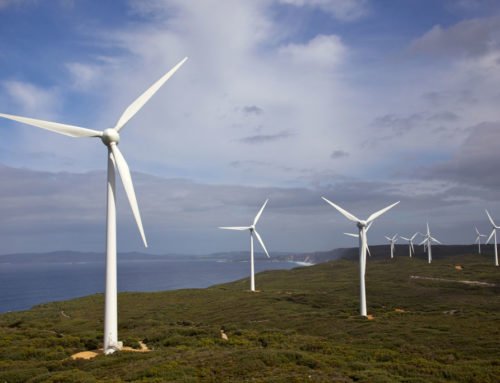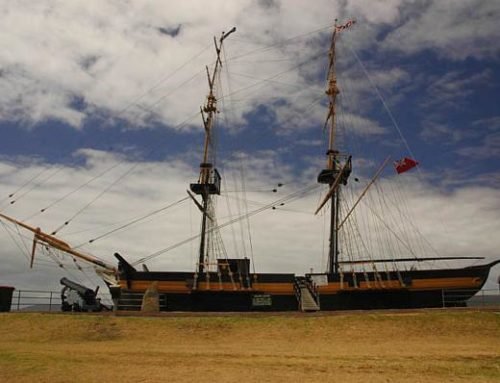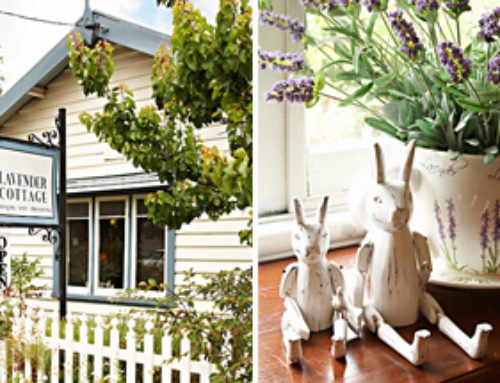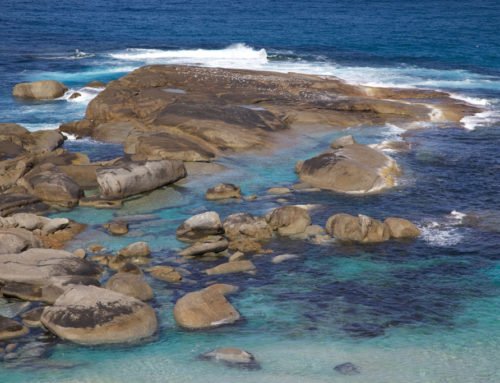Overview
- Features: Converted museum that was once a fully operational whaling station
- Opening Times: 9am to 5pm, daily
- Best Time to Visit: September to November
- Duration: 2 to 3 hours
- Travelled By: Rental car
- Cost: $29 adult, $10 child
- Address: Albany, Western Australia
- Type: Museum
Author Reviews[display_rating_item_results rating_form_id=”2″ rating_entry_ids=”1″ show_category_filter=”false” show_options=”true” result_type=”star_rating” preserve_max_rating=”true” show_title=”false” show_count=”false” ]
Total Rating: [display_rating_result rating_form_id=”2″ show_count=”false” show_rich_snippets=true] [accordions load=”1″] [accordion title=”User Reviews” last] [display_rating_item_results rating_form_id=”5″ show_options=”true” result_type=”star_rating” preserve_max_rating=”true” show_title=”false” show_count=”true” show_rich_snippets=true] [/accordion] [accordion title=”Add Review”][display_rating_form show_email_input=”true” show_comment_textarea=”true” show_name_input=”true” rating_form_id=”5″] [/accordion] [/accordions]
Summary
Whale World is a great place to learn all about the whaling industry that existed in Australia. This converted museum was a fully operational whaling station until whaling was banned in Australia in 1978. Be prepared to hear some gut wrenching stories about how whales were slaughtered for various by-products.
Whale World Albany
The most impressive building in Albany is Whale World – the only museum of its kind in the world to be housed in a formerly fully-operational whaling station.
In 1978, the then Prime Minister of Australia, Malcolm Fraser, appointed an independent inquiry which recommended that Australia outlaw whaling, ban all production and import of whale products and change its policies to oppose whaling domestically and internationally. As a result, the industry met its end in 1978, creating a safe port of call for migrating humpback, southern right and blue whales.
Cheynes IV was the last whaling boat that operated from this site till 1978. We got to climb aboard and inspect the upper deck and below. As we walked around, an audio re-enactment of a whale chase played which was a bit stomach turning and we got see the tight living quarters below deck which made me emphatise with the whalers.
[singlepic id=3254 w=720 h=560 float=center]
Whale World has a very impressive two-hour tour that we joined on the day. A professional guide took us through an interactive journey around the site of the last operating whaling station in Australia.
Firstly, we were taken to the site where they brought the whales in and were showed the processing plant where they processed the different whale parts to make oils that were so widely desired in the day. As the guide explained how the whaling station operated, an audio re-enactment provided sounds to make us feel like we were at a live whaling station. The audio made me feel quite nauseous as I thought about the plight of the whales all those years ago.
Following this, we got to explore over 25 different exhibits, the best being “Giants of the Sea”, a marvellous skeleton display of dwarf whales. Also, there were some pretty cool state of the art technological theatres that showed us 3D animated films on whales.
Whale World is definitely a place to visit in order to learn about whales and the whaling station. However, be prepared to be hit with some gut wrenching stories about the whaling industry that existed back in the day. I’m so glad that the Australian government banned whaling in 1978 and it will be a day to celebrate when whaling is banned all over the world.
Tip
Join a tour to gain the most from your Whale World experience; it’s included in your entrance fee.







